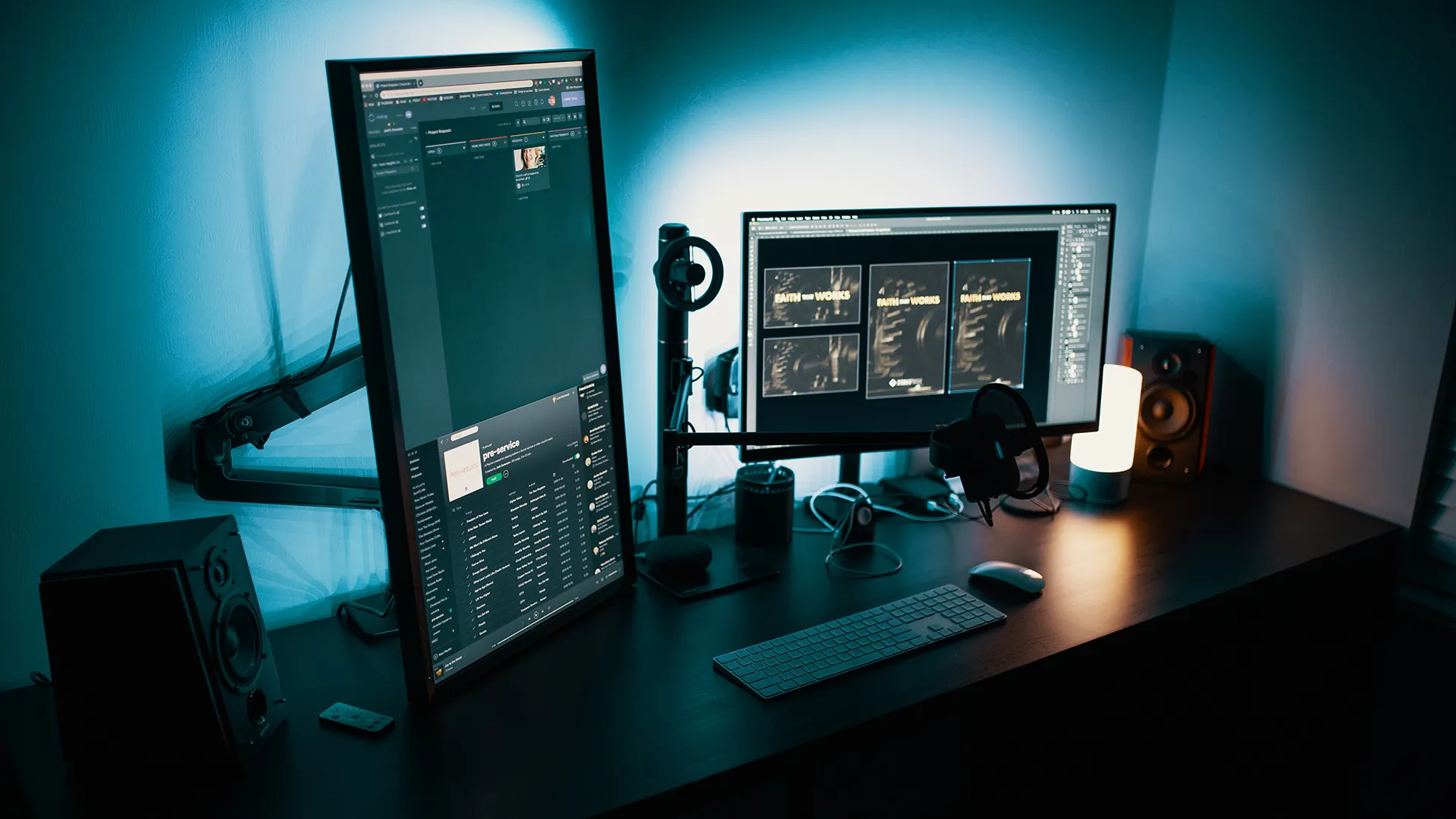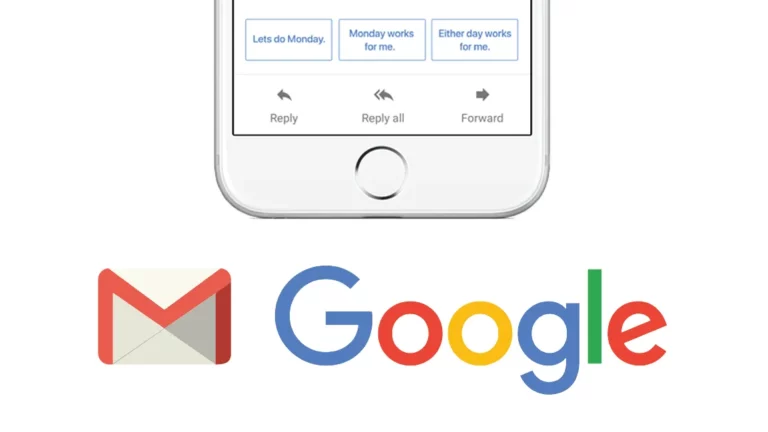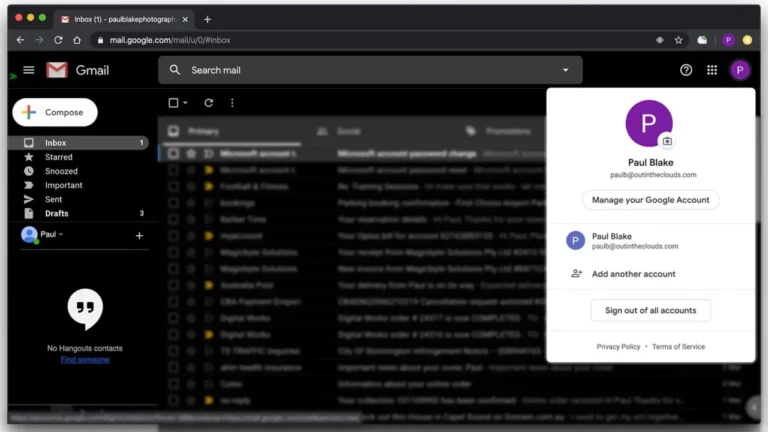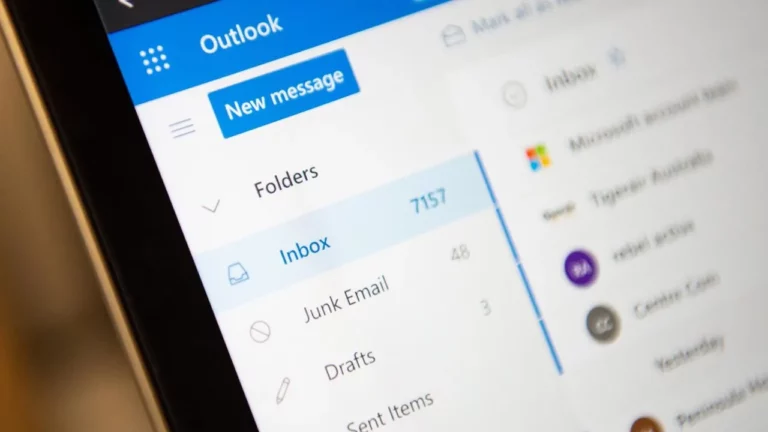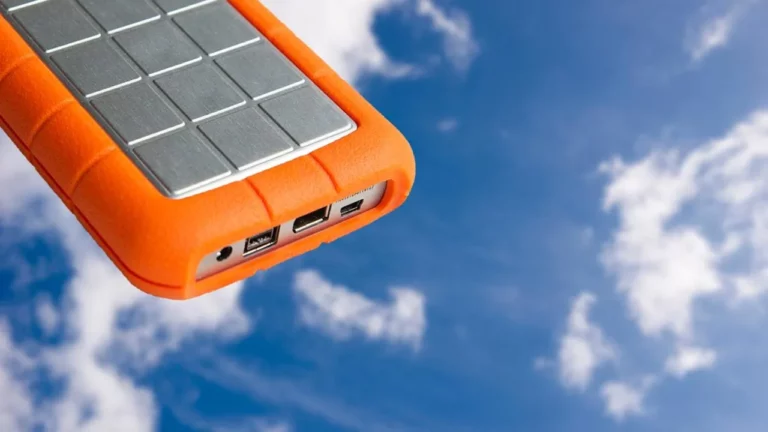The Future of IoT and the Digital Workplace
IoT is the connectivity of any smart device to another device when connected to the internet – consider everything from mobile phones to desks, heating and cooling systems, meeting room controls, photocopiers, and virtually anything else you can think of in a modern office setting.
Why IoT is part of the future of workplaces? It will change the way we work by saving time and resources and opening new opportunities for growth and innovation. For employers, it can help detect whether employees are productive and engaged when working in teams or individually and can track space utilisation at desk level and occupancy and utilisation of meeting rooms and collaborative spaces.
As we move into a new phase of work-life, everyone seems to agree that the future of work will include new architecture, expectations, skill-sets a new purpose.
What more can you expect from a digital workplace in the not-so-distant future?
Increased productivity.
The use of tech and IoT devices, such as robots and augmented reality, will enable people to enhance employee productivity and performance — helping workers to perform faster, smarter, and more safely.
The corporate gig economy will increase.
With companies constantly trying to reduce costs and liabilities, we will see the gig economy continue to increase as people are employed as specialists, contractors or freelancers and then move on to the next gig. More positions will become fluid within businesses, with gig workers, simultaneity working on multiple projects, giving people independence and freedom to choose when and where to work.
Upskilled workers.
Employees will be required to understand how they can integrate AI capabilities into their everyday tasks. Tech upskilling will be an invaluable and incredible asset and will boost productivity and streamlining autonomous tasks for employees while giving their employers the boost in profit they desire.
IT will be always-on.
Technology has become a significant driver of business outcomes, and as users, we expect that it is always on. This alone will force organisations to embrace the cloud, even small businesses, as they work to compete with large companies. With consumer and employee behaviours changing rapidly, companies want to deliver a secure work environment that keeps employees engaged, productive and able to work at any time from any location.
Smart Virtual Assistants.
We live in a world where the need for speed in all aspects of our lives is expected – the workplace is no exception. Workers across all divisions will begin to use a virtual assistant to increase their productivity and improve workplace experiences. Along with eliminating mundane tasks, virtual assistants will simplify more complicated tasks. Right now, virtual assistant software can retrieve information and institutional knowledge from complex systems to achieve results more efficiently.
Workplace controls
The IoT is the driving force for the future of building design – with more suitable working environments built to match employee expectations. It provides unprecedented data for employers to understand employee behaviours, preferences, and other valuable statistics. IoT will power things like touchless offices, hot desks, meeting spaces, cleaning systems, and more. It will allow staff to access relevant business data from any location from their device.
